How to critique generative art NFT in a structured way
Here is the process I follow to review generative art
Most of my FxHash posts have focused on discovering new artists and evaluating the financial aspects in market analysis reviews. This time, I would like to write about what makes good generative art from an artistic angle. I’ve to say I joined this wagon around four months ago, so I don’t consider myself an expert. Nevertheless, this field has been getting much more attention over the last year, and I haven’t seen many conversations about “what is considered good generative art?” (at least in my close circle) so I’ll get my feet wet.
For the full Kaloh’s Newsletter experience, become a premium or free subscriber.
I use the following criteria to evaluate what I see, but I don’t think this is the only way, of course. I ordered the categories according to their importance level.
1. The Wow Effect
What matters the most is that spectators are amazed by the particular piece. This is subjective and can vary from person to person. So the questions are, if you showed one piece from the collection to someone, are there high chances that they like it? Would you hang it in your living room? Will this be exhibited in a museum?
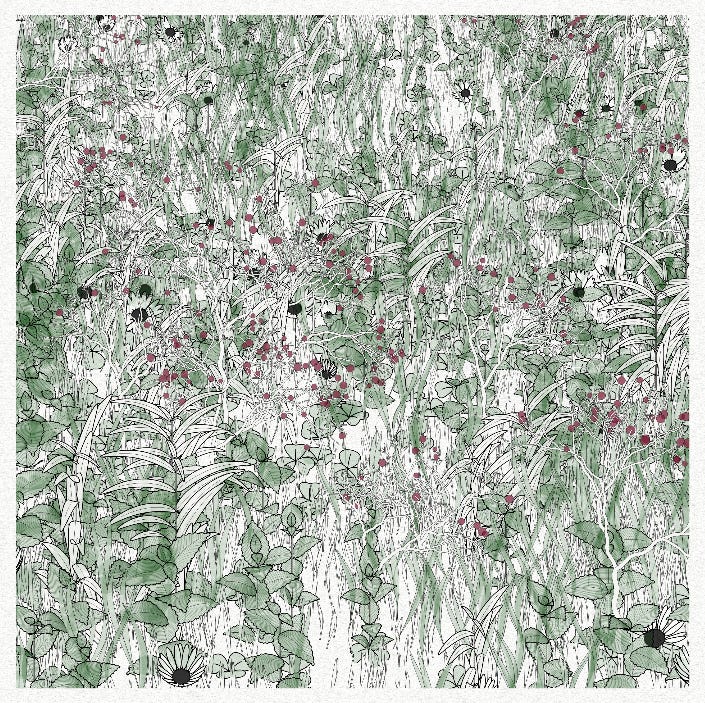
Zancan’s Garden, Monoliths is one of those collections that gets a Wow effect for multiple reasons. I could certainly add this collection as an example to any of the following categories.
2. Uniqueness
Is the particular collection something that hasn’t been done before? To answer this question, you will need to observe plenty of generative art NFTs and have a good overview of the whole scene. Since this requires a lot of experience and time I rank this very high.
I am a big fan of Waxhead, and so far, I haven’t seen anything similar to his style. Combining historical views with a new and vanguardist technological revolution is definitely unique.
3. Colors, textures & Shading
Color selection and usage is a make-or-break category, and coming up with eye-catching and innovative palettes isn’t easy. Furthermore, textures and shading can put a gen art collection over the top if done right.
Some elements to think about:
Palette, texture & shading uniqueness - how different and innovative are they compared to others?
Palette, texture & shading depth - how diverse are these elements throughout a collection?
Palette, texture & shading generation mechanism: Are these elements statically picked by the artist, or is the algorithm generating new palette combinations somehow?
I believe that Toxi’s De/Frags series masterfully generates palettes and his generation mechanism provides fantastic shading and texture effects. Yi-Wen LIN’s Hex is also a perfect example of a striking texture effect.
4. Theme & Story
I feel like these two elements (theme and story) are very important but most of the time undervalued or even ignored.
Does the collection maintain an artistic theme that can be noticed across different pieces? Let’s say you take ten random samples from various collections (five from the one we are reviewing). Can you spot those five easily? That’s what I call a theme, and it makes it easy to understand they belong to the same collection.
The second aspect is the backstory behind the creation. What inspired the collection? In the case of Waiting in Afton, Mj Lindow had a clear goal with this collection.
One image for each day since I quit my job as a data engineer to work on art full-time. Looking out my back window each day and watch the seasons change.
So the story is the motivation, and ideally, the creations reflect it so that people can understand.
5. Artists Trademark Touch
A trademark is a particular style that can be spotted across multiple collections from the same artist. Can you look at a random piece and guess who created it? This doesn’t mean an artist shouldn’t evolve and try new things.
In the case of Lisa Orth, you could look at almost all her collections and have a feeling it is from her. She has a trademark abstract style and palette.
6. Scarcity & Supply
Scarcity and supply are very well related and should be based on the algorithm's capabilities rather than an economic decision. Remember that individual pieces on scarce collections could command a higher price from a financial perspective just because the supply is low. Also, depending on the artist’s popularity, they might pick a collection supply based on the chances of minting out the collection. I feel like some collections might not be suited for high supplies, as the algorithm wouldn’t create a high amount of diversity among pieces. For that reason, having the right level of supply and scarcity is a tricky decision. You want to see all the possible iterations while not having too many similar ones.
Example Landlines
Landlines Art produced very scarce collections in his early FxHash drops. Not sure if it was an economic decision or based on the algorithms’ capacity. Reading a book by Kim Asendorf is one of those creations that handled 1k pieces very well.
7. Rarities & Features
This is a subjective topic, and everyone has a different feeling about the importance of rarities in generative art and NFTs in general. I believe rarities and features should complement the collection by doing two things:
Add to the collections’ theme and story by using the traits, combinations, and randomness.
Emphasize specific pieces. If a particular work is ranked as very rare, there should be a reason according to the story. Furthermore, rare pieces should be easy to spot without looking at the distribution of the traits.
Jacek Markusiewicz did a great job selecting and distributing his features in the unbuilt collection. You can see how the names of the features add to the story, while the most iconic constructions are the rarest ones.
8. Technical Aspects - Code
I genuinely believe we should pay more attention to the code part of generative art. In my mind, gen art is a combination of both the result and the algorithm creating the NFT. I thought this made sense for everyone, but not all collectors and artists I talked to agreed. Putting the code at the same level as the final result is a trend that will become more popular in the future, as more algorithms get written and people become more familiar with the coding languages. It isn’t easy to evaluate the code, as it is not easily accessible (for example, FxHash or other platforms do not have easy access to it). It is also possible that some artists don’t want to reveal their “secret”, which is fine. Having easily accessible code could lead to amazing progress.
As my background is in computer and data science, I have a few ideas that translate well from good software to good gen art. This is my first shoot, and therefore it isn’t perfect; my goal is to kickstart some discussions and let artists and collectors take this idea and complete them in the future.
8.1 What’s the level of difficulty in creating this algorithm?
How complicated is it to create such an algorithm? Imagine you had to re-create it. Do you know where to start? Again, you need solid computer science and coding skills to properly evaluate this.
8.2 How clean is the code?
How methodic and organized was the artist? Here are some things that come into play:
Naming conventions in variables and functions.
Indentation.
Is it easy to read and understand what’s going on?
Proper usage of libraries and imports.
Appropriate use of abstraction, modules, and hierarchy.
8.3 How performant is the code?
Is the code written in a way to save memory usage?
From computer science fundamentals (for example, O notation), basic concepts apply to this field. Is the algorithm using sorting functions? Are those well-written and efficient? Ultimately, this could impact rendering the piece in a browser or another device.
Not everyone agrees on putting so much importance on the coding aspect, as I said before. For example, here are some ideas from pifragile which are very valid.
When I am working on larger software projects I am a strong advocate of clean coding principles. but in generative art, I think it does not really matter, because most of the time only one person is involved, the code is not very long and does only have to be maintainable to a certain extent.
For a piece to trigger a certain emotion in me, it does not really matter if the code is clean or not.
This edition ended up being longer than expected!
Generative art review is undoubtedly a subjective topic. Again, I don’t think this is the only way of doing it. Rather than establish a method, my goal is to trigger discussions among artists and collectors.
I’m always looking to hear your ideas and your thought process, so feel free to leave a comment below.
Until next time,
- Kaloh





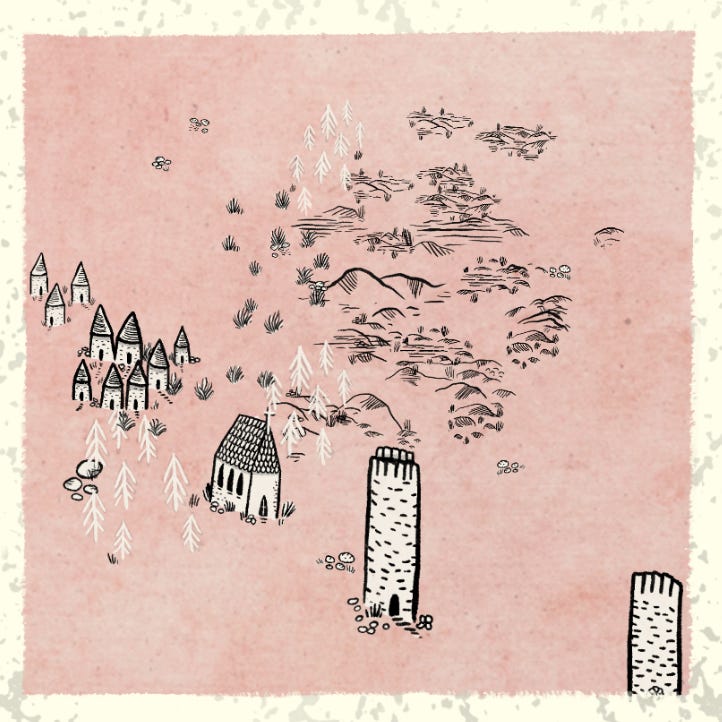
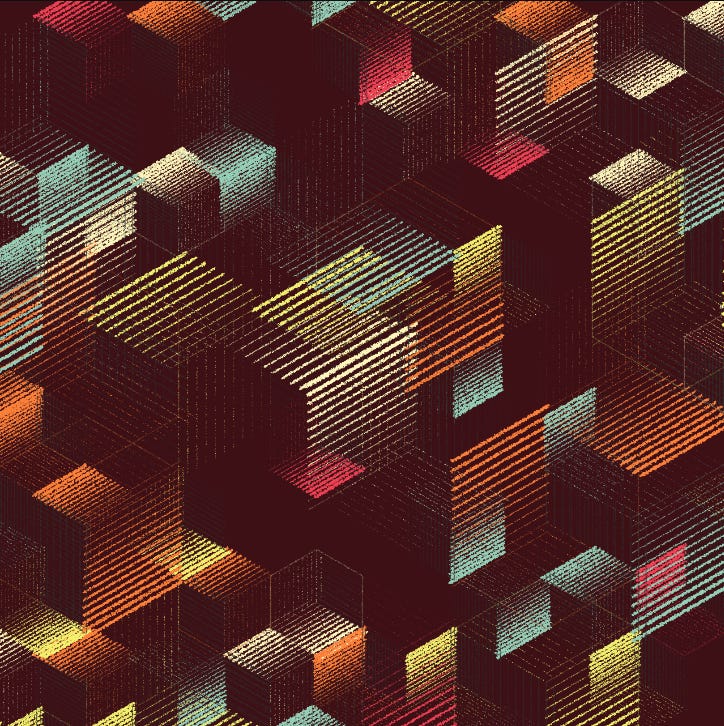
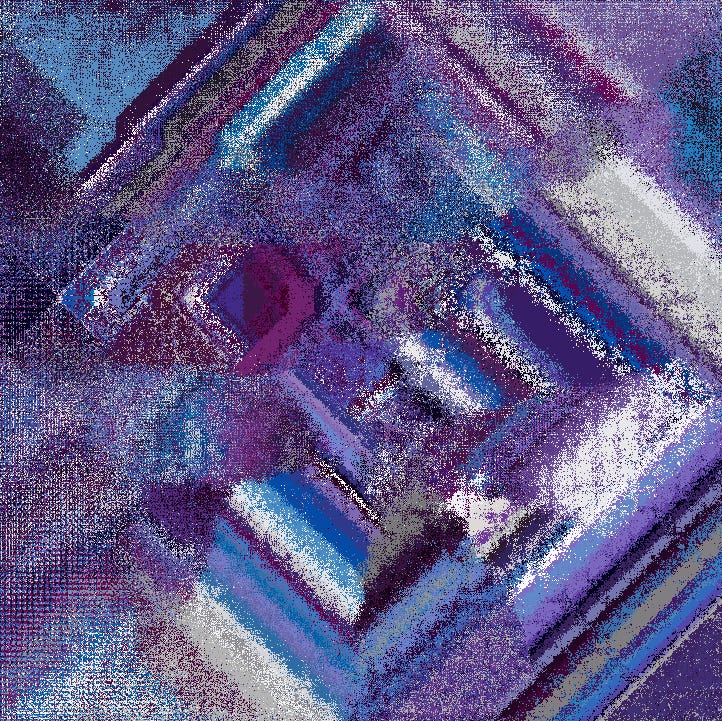

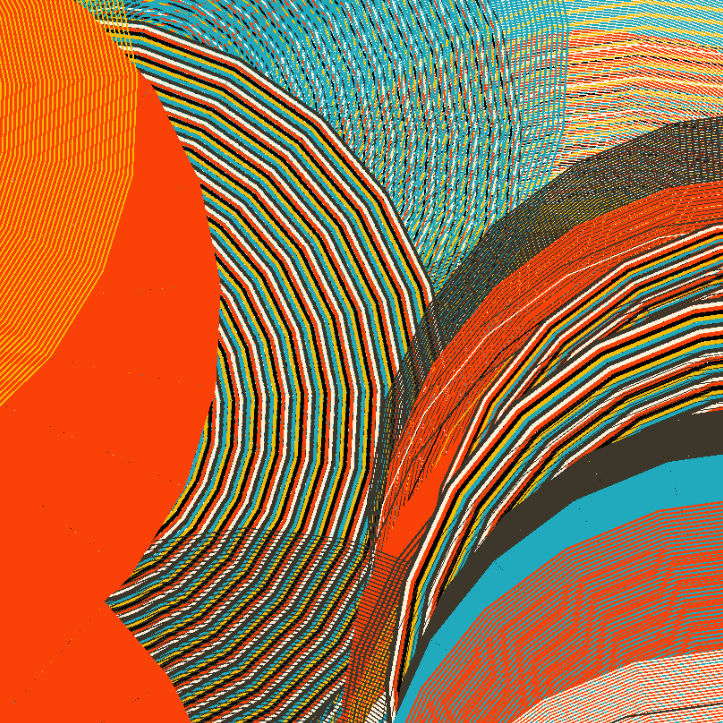

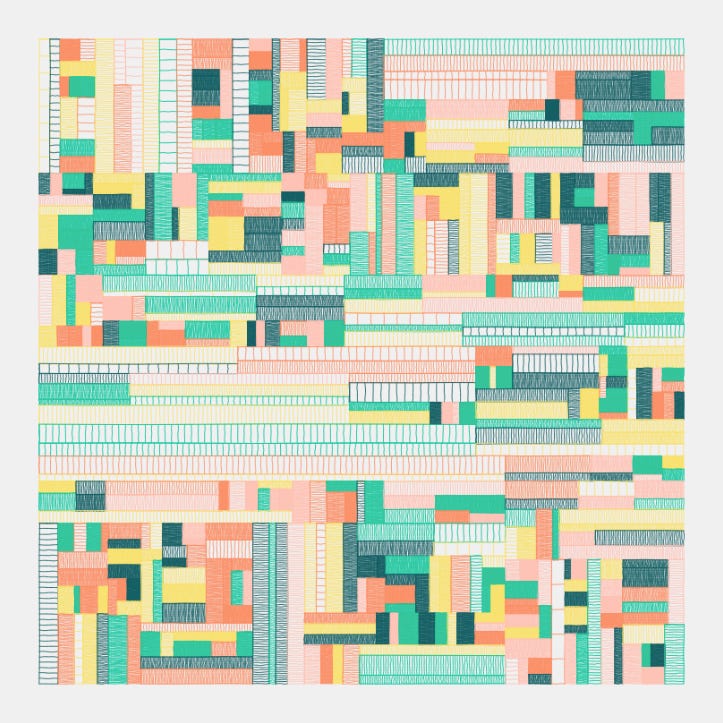
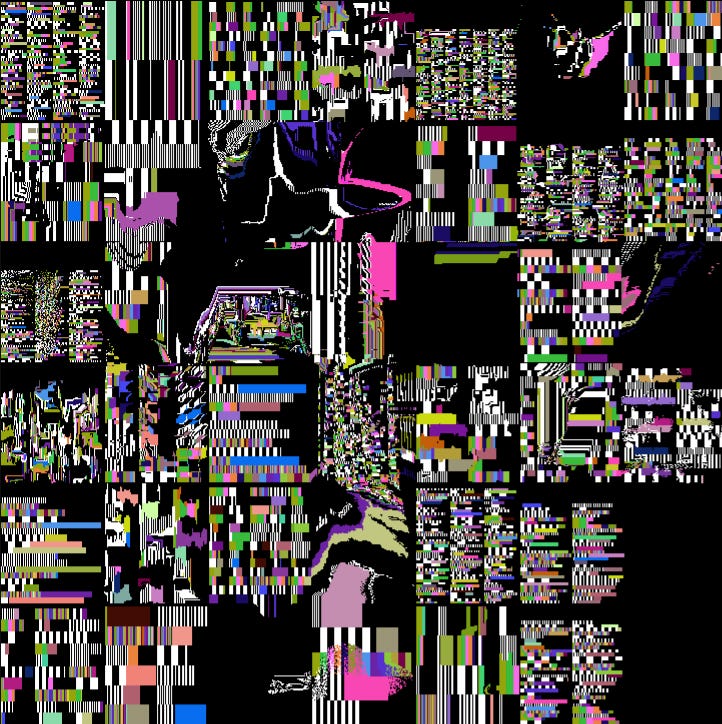
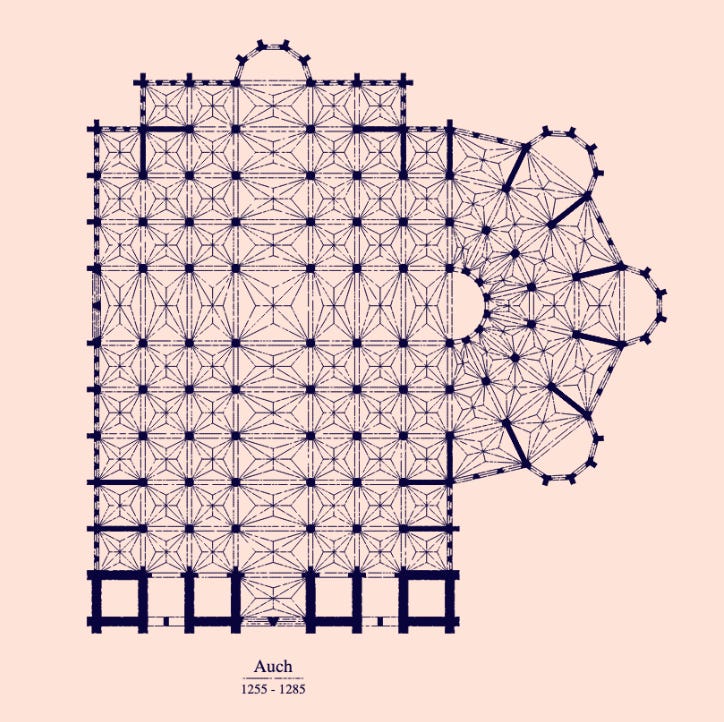

I agree with pifragile in that I dont't think clean code matters for NFT's. For long lived big projects it matters when you have to change/extent/maintain the code base for many years, but for an NFT that will never be changed it does not. Yes, performance matters of course, since that is something that you can see, if it is an image that should be rendered you want it to be quick, if it is an animation that runs you want it to be smooth. You can have good performance with dirty code.
Valid analysis